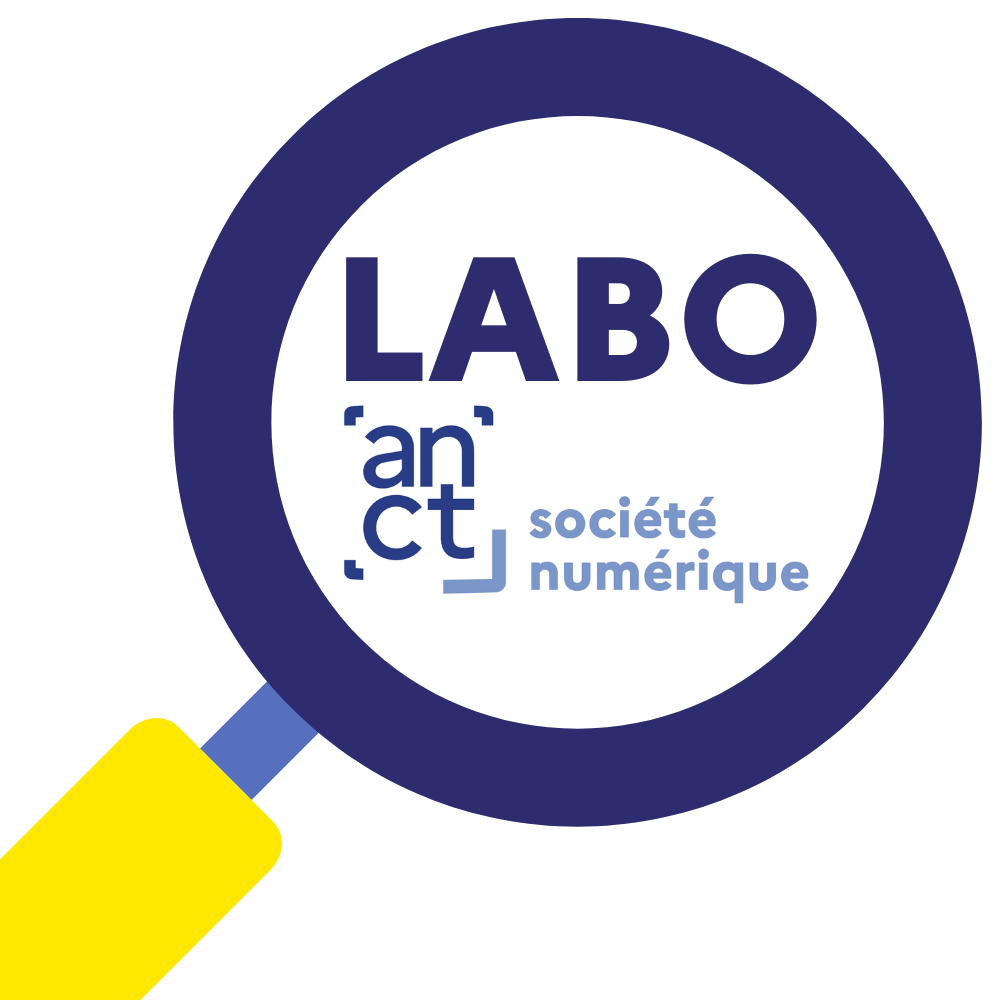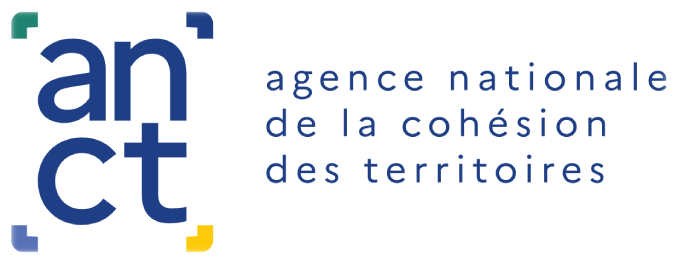In order to explore the reality of the "power to act" made possible by digital technology, the Capacity survey (supported by the Agence du Numérique) included in its questionnaire a series of questions on the way Internet users use the Internet to learn and train, both in a private and professional context.
One of these questions concerned explicitly formal online learning: "taking part in a distance learning course (for training, or in order to obtain a diploma or certificate)". Other questions corresponded to informal learning processes (via tutorials, information search, etc.). In addition to these usage questions, the Internet users were asked about the benefits they had possibly obtained from the Internet, formulated in terms of " opportunities for training" .
15% of Internet users have taken an online course
The first results of the Capacity survey had highlighted the proportion of Internet users (15%) who declared to have participated in a distance learning course: for training or to obtain a diploma or certificate. They are generally younger, more educated and more affluent than Internet users as a whole. Thus, the authors concluded, "those who take the most advantage of the Internet to broaden their range of knowledge and skills in formal learning settings are those whose skills are already recognized through diplomas, while, among Internet users whose level of education is less than or equal to CAP/BEP, only a handful have ever taken an online course.4 ways to use the Internet to learn and acquire skills
If the use of the Internet for formal learning remains a minority practice, what about the use of digital tools to acquire or deepen knowledge informally?In a recent analysis note, two Capacity researchers, Nicolas Deporte and Margot Beauchamps, revisit this issue, using the responses to questions that focused on informal learning processes.
We learn that the proportion of Internet users who use the Internet to "learn more about a subject that interests them" reaches 86%. And 63% for those who use the Internet "to acquire know-how (via videos, forums, tutorials, blogs, etc.)".
However, and this is the main focus of this analysis note, "not all Internet users are uniformly using online resources for learning.
The two researchers distinguish 4 profiles of Internet use for learning.
- The first profile is characterized by occasional use of the Internet to learn. It concerns 29% of Internet users. The majority of these "occasional" informal learners feel comfortable with the Internet. 60% of them consider that the Internet has not given them any opportunities for training, nor for opening up to other social circles. In general, they do not look for information on the Internet, nor do they consult online materials to learn how to do things via tutorials, videos, forums, etc. Employees are more frequent than in the general population, as well as people aged 35-49, with a level of education such as a baccalaureate or CAP/BEP.
- The second profile includes Internet users who make frequent and diversified use of the Internet for learning. It groups 50% of Internet users. We find individuals who have a high intensity of use and a high level of digital skills (level 3 or 4 out of 4). Basic uses are obviously present (definition of a word, search for information, deepening of a subject, etc.) and frequent: every week or even every day. They look for information on different topics (leisure, computers, law, health, etc.) and learn how to do things thanks to videos, tutorials, etc. on a daily or weekly basis and for this purpose they prefer online media. Almost half of them say they are very comfortable with the Internet (44%). They have generally learned to do what they do on the Internet, alone, by practice (78%), with the help of online materials (19%), or by taking specific training courses (25%). Men, managers and students are over-represented, as are people with a level of education higher than Bac +2.
- A third profile groups together the 4% of Internet users who use the Internet most intensively for learning or training. They use the Internet frequently for learning, generally several times a day. They even regularly participate in distance learning courses (38%). They have good digital skills (level 4 out of 4). They have a strong preference for online information media, especially for leisure, IT, career guidance and health. The Internet has given them a great deal of opportunity for training (37%). When they have computer problems, they generally do not call on anyone in their circle or household (three quarters), but try to help themselves (60%) and ask questions on discussion forums (23%). In this class, students are overrepresented, as are 18-24, 25-34, and single.
- The fourth profile groups together the 17% of Internet users who rarely use the Internet to learn. It brings together the individuals who are the least comfortable with the Internet: 60% of those who declared themselves "not at all comfortable" are in this class. They have a low level of digital competence (62% of them have the lowest level of competence among the 4 existing levels). Their uses dedicated to learning on the Internet are very poor. For these people, the Internet has not given them any opportunities to train (86% of them), nor to open up to other social environments (75%). Women, pensioners, blue-collar workers, and people without a job are overrepresented, as well as people with low incomes who find life very difficult on that income.





